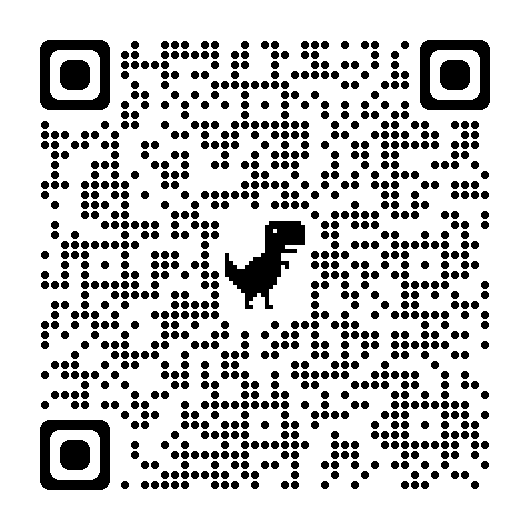The following paper is written from the perspective of an educator and a member of the Barren Lands Cree Nation, who grew up on the eastern shore of Reindeer Lake in Saskatchewan. It aims to provide a guide to including cultural content in science education. Throughout our readings and discussions, we have learned a lot about the value of place-based education and culturally relevant education. Although not aimed at post-secondary science classrooms, I still think the content is valuable as many of my Indigenous students come from northern Saskatchewan communities.
Michell, H. (2012). School science from the eyes of the Woodlands Cree: Using the migawap dwelling and traditional values as a guide to plot fundamental key concepts and ideas. The Canadian Journal of Native Studies, 32(2), 19-49.

